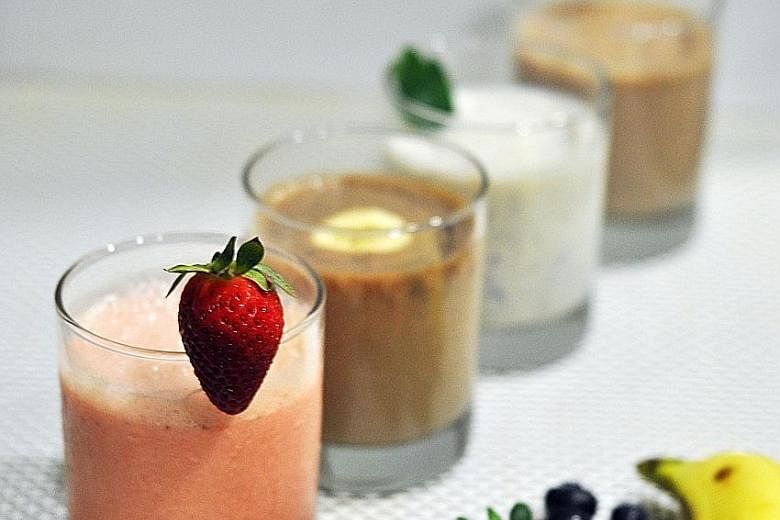Mrs G came to our offices distraught. Her doctor had diagnosed her with diabetes and she was shocked.
She had always been overweight and had relatives with diabetes, but she believed she led a healthy lifestyle. One healthy habit she identified was drinking freshly squeezed juice every day.
We asked her to stop drinking juice entirely. She left the office unconvinced but, after three months of cutting out the juice and making some changes to her diet, her diabetes was under control.
As diabetes specialists, we often see patients who believe juice is a health food. In a survey of parents of young children, one in three believed that juice is as healthy as fruit. But even if it is freshly pressed, 100 per cent juice is little more than sugar water.
We are inundated with the message that juice is healthy. Juice bars abound in gyms, spas and health food stores.
It is reasonable to think that juice is healthy as it comes from fruit.
But juice leaves some of the healthiest parts of the fruit behind - the skin on apples, the seeds in raspberries and the membranes holding orange segments together.
They are where most of the fibre, antioxidants, phytonutrients, vitamins and minerals are hiding.
Fibre is good for our gut. It fills us up and slows the absorption of the sugars we eat, resulting in smaller spikes in insulin.
When our bodies can no longer keep up with our need for insulin, Type 2 diabetes can develop.
When we drink calories instead of eating them, our brain does not get the same "I'm full" signal it gets from solid food, even though we consume far more calories.
An orange may contain 45 calories, but a glass of orange juice contains 110 calories, and a large kale, banana and orange smoothie contains more than 600 calories.
You might feel full after drinking a glass of juice or a smoothie, but that sensation goes away quickly.
Our perception of juice needs a radical makeover, starting with our children. They do not need juice for nutritional purposes.
In fact, children who drink juice regularly are shorter and heavier than those who rarely drink juice, probably because they consume less milk, something young children do need for healthy growth.
So how can we fix this problem?
•Recognise juice for what it is - a treat. It does not belong at your breakfast table or after your gym workout.
•Get juice out of your children's lives. Ditch juices in favour of milk or water. Milk is a great source of the protein, calcium, vitamin D and magnesium that growing children need.
While we cannot solve the diabetes and obesity epidemics with one simple move, rebranding juice from health food to treat would be a major step in the right direction.
WASHINGTON POST
•Ms Ferris is assistant professor of medicine at the University of Virginia's endocrinology and metabolism division. Ms Isganaitis is assistant professor of paediatrics at Joslin Diabetes Centre in Boston. Ms Brown is director of the Diabetes In Pregnancy Programme at Joslin Diabetes Centre.

